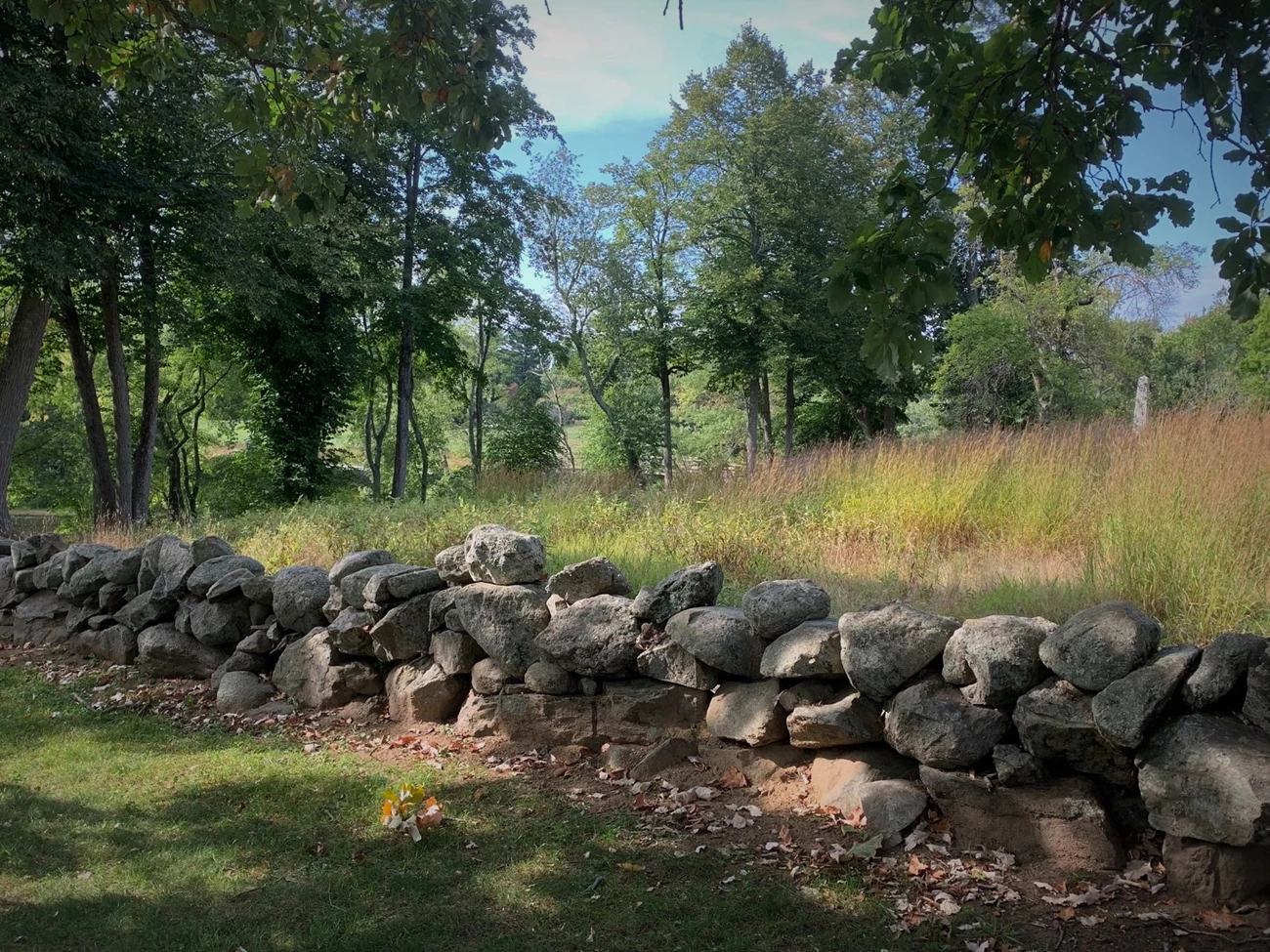Last updated: September 25, 2020
Article
Stone Walls of Minute Man NHP

NPS photo
So, where do all these stone walls come from?” It’s a frequently asked question, not only at Minute Man National Historical Park, but across New England, where old grey stone walls are a common sight. Plentiful along the park’s Battle Road Trail, the walls offered cover to colonial farmers firing on beleaguered British soldiers beating a hasty retreat back to Boston on April 19, 1775.

NPS Photo
The story of the stone walls begins long before shots were fired on the Lexington Green or at North Bridge. It goes back at least 15,000 years, after sheets of ice moved south from Canada. Scouring the soil, the ice sheets lifted billions of stone slabs and scattered them across the region. Later, as the ice melted and receded, it left behind huge amounts of material, ranging from clay to giant boulders etched from the bedrock of points further north.
Surprisingly, stone walls weren’t a common sight until the second half of the 18th century. Even then, stone, for the most part, was quarried rather than taken from fields. Agricultural communities like Concord, though, were the exception, with farmers taking stones of all sizes from the fields and dumping them in piles that established boundaries between their farming lands and the forest. Most of the stone walls crisscrossed by colonial farmers and British regulars on April 19, 1775 were very likely new or recent construction!
As with every historic and natural feature within the park, Minute Man’s stone walls are today protected by federal law and cannot be disturbed, defaced, or destroyed in any way. They are, after all, monuments to those who built them.
